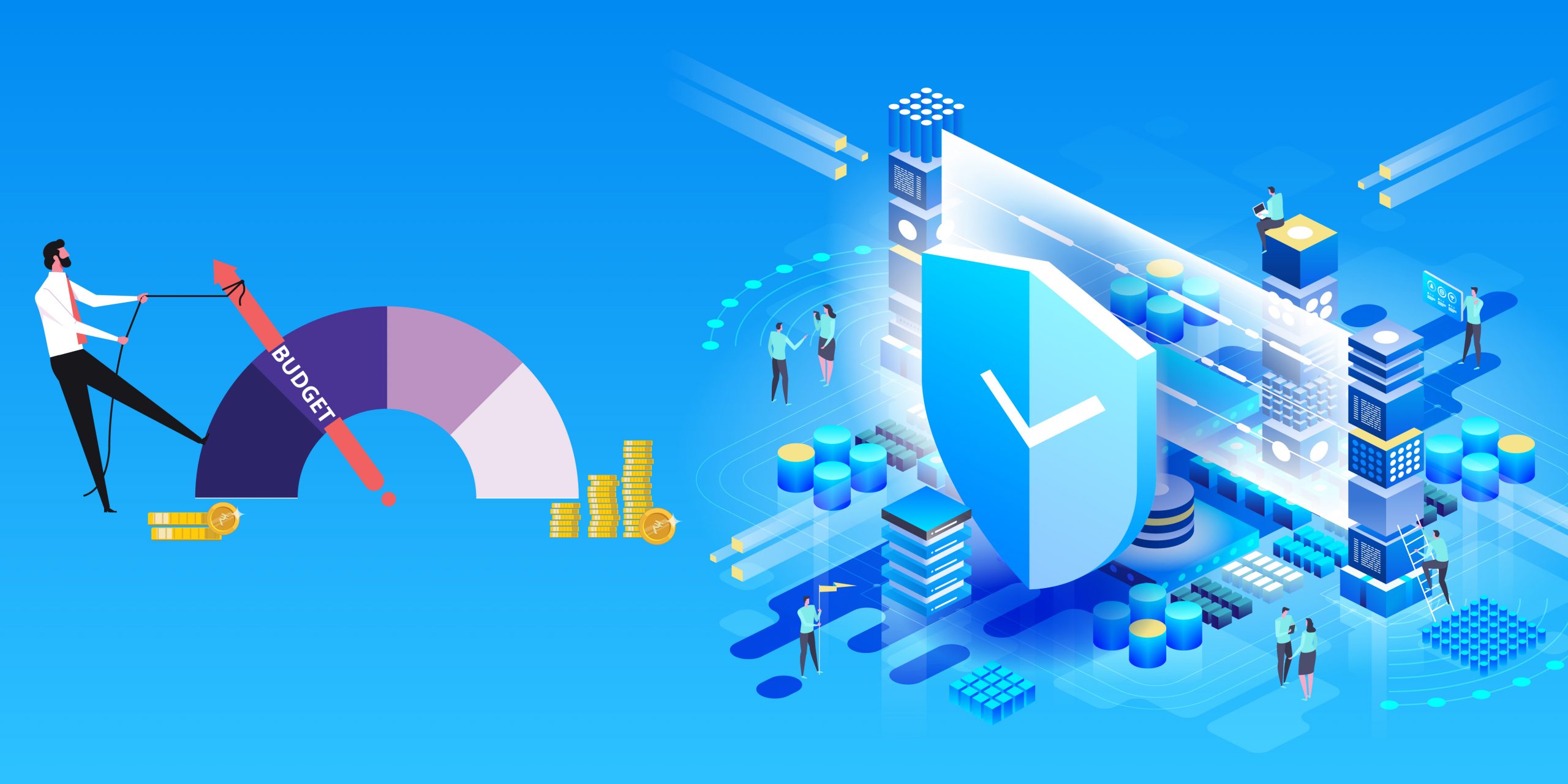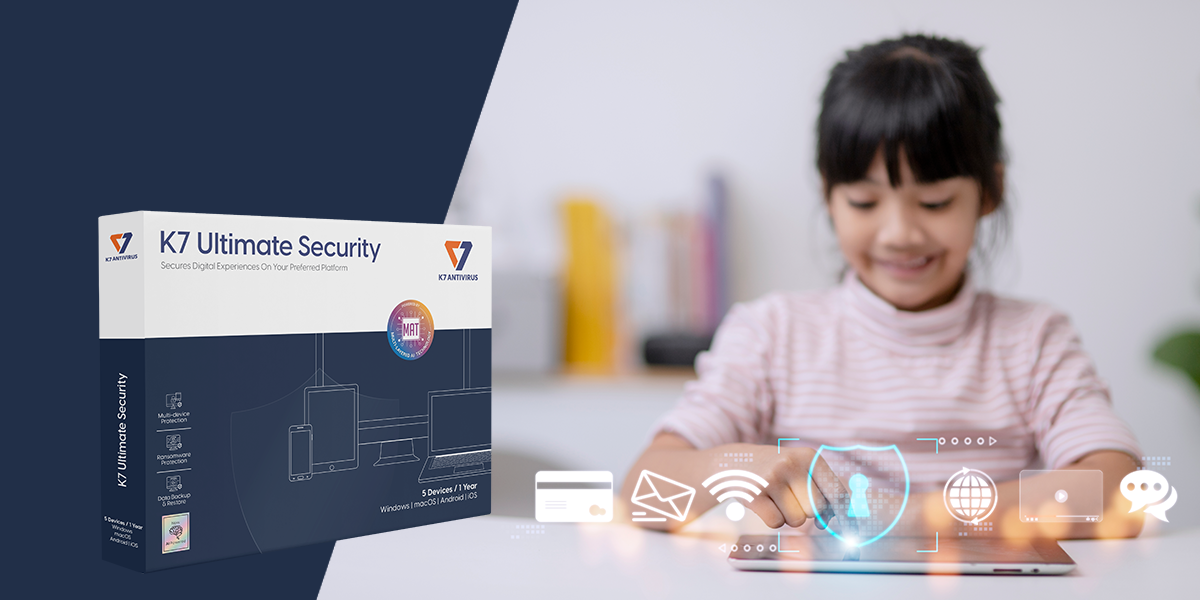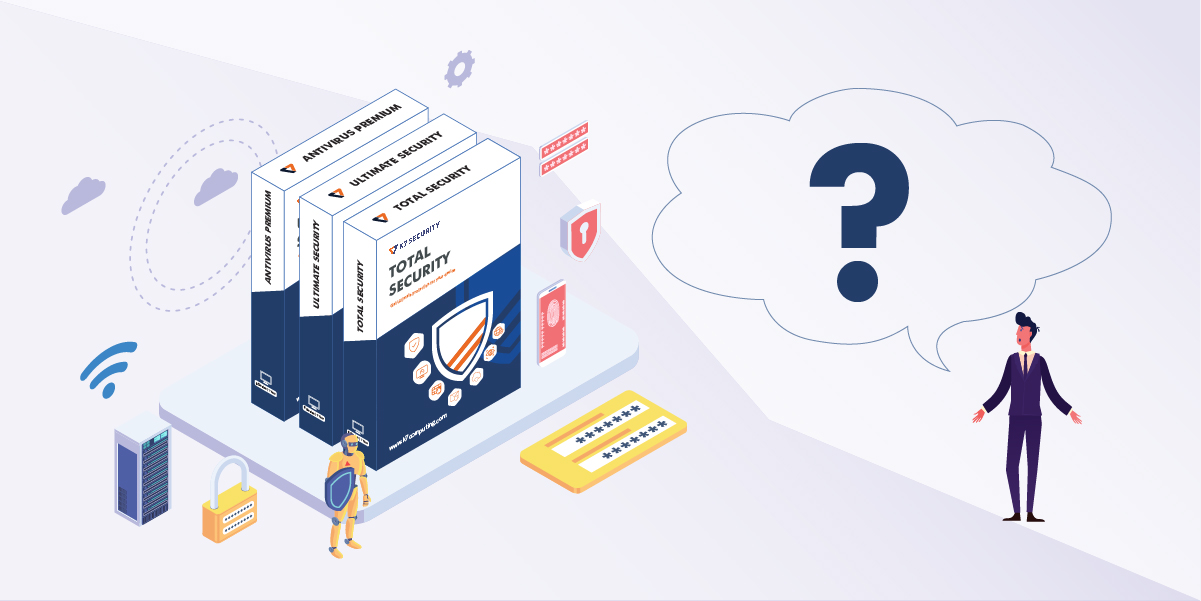‘Everything is more expensive!’ is a phrase we hear often both in the enterprise and in our personal lives. The international economy has been facing headwinds due to the extensive lockdowns during the pandemic that restricted economic activity and disrupted supply chains, and the post-pandemic increase in interest rates and tighter monetary policies designed to combat rising inflation. Economic forecasts are not very encouraging and we can expect these fiscal conditions to persist for some time, impacting enterprise budgets.
Where Enterprise Cybersecurity Budgets Are Heading
When corporate spending is slashed, all budgets are restricted and enterprise cybersecurity budgets are not insulated from this belt tightening. Fixed and working capital are both expensive and businesses are facing stakeholder pressure to improve Return on Investment (ROI) which makes it difficult to increase investment in cybersecurity.
The news surrounding cybersecurity expenditure may appear contradictory. We hear that businesses are increasing their security spending but we also hear that budget constraints are the top challenge for InfoSec leaders. Reconciling these viewpoints requires understanding that businesses are faced with conflicting objectives, where they would like to improve their cybersecurity posture to avoid the costs (remediation, penalties, loss of revenue and reputation) that accompany cyberattacks but IT teams believe that available budgets, even with an increase in expenditure, are insufficient to develop the defences required to stop the onslaught of cyberattacks.
Why Cybersecurity Expenditure is Increasing
We know that the cost of recovering from a cyberattack is significant: Empire Co. estimates direct and indirect costs of $54 million; Latitude spent A$76 million on dealing with a cyberattack and its fallout; Medibank incurred a cost of $26 million; about half of Indian companies spend $500,000 to $1 million to restore normal operations following an attack. Cyberattacks can even result in organisations shutting down permanently.
When faced with such consequences, we can expect to see organisations consider an increase in budgets to strengthen their cybersecurity by deploying endpoint security. Boosting expenditure, however, may not provide optimum results if the chosen endpoint security solution is not the right fit for your operations.
How Unsuitable Endpoint Security Solutions Impair ROI
Cybersecurity is an investment and the investment needs to be justified based on the returns it provides. A cost-benefit analysis should be performed to understand the value proposition offered by each vendor’s solution.
Benefits
The primary benefit of an endpoint security solution is the protection it provides against cyberthreats such as malware and phishing. As all endpoint security solutions offer cyberthreat protection, the organisation must evaluate the quality of the protection offered by each solution. It is unrealistic to expect each business to have a lab that can verify the threat protection offered by each solution, and therefore the business can examine the ratings and awards provided by testing agencies such as AV-Comparatives, AV-TEST, and Virus Bulletin to assess the protection offered by each solution.
The business should also check if the protective features offered are relevant to the organisation. Ransomware has emerged as a critical threat that most organisations face, and therefore the business should assign greater weight to the effectiveness of ransomware protection offered. Poor ransomware protection will significantly degrade ROI.
Features that are not relevant to the organisation cannot be classified as benefits. They may be classified as neutral or even disadvantageous as unnecessary features slow down the solution and add vital seconds to scanning speed which can make the difference between identifying a threat before it can have an impact and registering a threat after the organisation has been compromised. Additionally, the organisation is paying for features it does not need which is an important element in the rising cost of cybersecurity: feature bloat is used as a justification to increase prices, despite adding no value to the customer, negatively impacting ROI.
Cost
The cost of an endpoint security solution isn’t as simple as the number on its price tag. There are two aspects to the cost of endpoint security: direct cost and indirect cost.
Direct Cost
The direct cost of an endpoint security solution is the amount paid to the vendor which could include vendor support cost in addition to license cost. When discussing benefits (above), we examined why this cost should be evaluated with reference to relevant features; beyond that consideration, the direct cost is usually easy to determine as it is stated in the invoice.
Indirect Cost
Determining the indirect cost of an endpoint security solution may take longer as multiple factors need to be considered:
- Internal Support Cost – An endpoint security solution that is difficult to deploy, maintain, and manage will increase the time devoted to cybersecurity by the IT team and reduce the time they spend on other IT priorities, resulting in an increase in opportunity cost or even actual cost if the IT headcount is increased to manage the workload expansion
- Hardware Upgrade Cost – The endpoint security solution may require hardware upgrades due to
- Hardware Load – Endpoint security solutions, especially solutions with bloated features, may slow down computers and impact user productivity due to their consumption of CPU power/RAM, forcing organisations to upgrade hardware that is otherwise sufficient to meet business objectives
- Lack of Legacy Protection – Older devices are likely to use older hardware and run legacy operating systems that are not protected by the endpoint security solution, requiring device upgrade just to accommodate the cybersecurity solution’s limited platform support
- Middleware Cost – Endpoint security solutions with a console hosted in the organisation’s facility may have specific server or other middleware requirements which necessitate additional investment in server software (and perhaps even server hardware)
- Bandwidth Upgrade Cost – All endpoint security solutions receive multiple threat definition updates every day which may choke the network; the organisation may require a bandwidth upgrade to maintain productivity and uninterrupted remote management
- Inflexible Licensing – Endpoint security solutions that require branch-level server licences, that are allocated a limited number of keys, drive up cybersecurity costs when resources are moved between branches as the branch from which resources are moved will now have unused keys while the branch to which resources are moved will need to acquire additional keys
This analysis of direct and indirect costs is required to estimate the true cost of a cybersecurity solution and its impact on ROI.
How K7 Helps Businesses Stay Within Budget and Improve Cybersecurity ROI
K7 Endpoint Security (K7 EPS) is designed for efficiency, consuming the least resources while delivering highly effective cybersecurity when functioning within the operating parameters of the modern enterprise.
- Award-winning Protection – K7’s protection has received frequent awards from multiple international testing agencies including AV-TEST, AV-Comparatives, and Virus Bulletin
- Superior Ransomware Protection – K7 is a pioneer in ransomware protection and was one of the first cybersecurity providers to develop anti-ransomware. K7 deploys a range of defences to identify and stop known, unknown, and obfuscated ransomware while permitting legitimate enterprise encryption (K7’s whitepaper on ransomware provides more information on our ransomware protection)
- Focused Features – K7 EPS provides features that deliver comprehensive, multi-layered protection while avoiding feature bloat, ensuring that the solution remains light and scans at high speed which is essential to the quick identification of cyberthreats
- Minimal IT Overhead – K7 EPS is designed to be quickly deployed across the enterprise, automatically upgrades without requiring manual reinstallation and updates seamlessly without requiring troubleshooting/rollback, and includes an intuitive interface that enables quick cybersecurity management by IT teams, ensuring that IT teams can maintain effective cybersecurity across the enterprise without devoting excessive time and effort to the task, avoiding internal support cost escalation
- Low Hardware Resource Consumption – K7’s low impact on computing resources has been proven in comparison testing and in enterprise deployments, protecting without slowing down the device which allows deferment of hardware upgrades
- Wide Platform Support – K7 EPS offers wide platform support out-of-the-box that extends to Windows XP, providing protection for legacy devices at no additional cost and extending the useful life of older devices
- No Middleware Investment – K7 EPS is bundled with a proprietary high-performance web server that can run on any device (server or desktop) in the business network, avoiding the need for expensive server software or hardware
- Low Bandwidth Consumption – K7 EPS has been engineered to function with lean updates that do not saturate available bandwidth and successfully protects facilities in remote locations that have just 24 kbps connectivity, avoiding bandwidth upgrade and the accompanying increase in operating expenses
- Flexible Licensing – K7 offers a multi-server license for the entire organisation, allowing end-users to be shifted from one branch to another without running into license restrictions and avoiding the need to acquire additional keys for a branch when another branch has unused keys
K7 Endpoint Security delivers the comprehensive and robust protection that enterprises need while avoiding cybersecurity cost overruns. Contact us to learn more about our proven, award-winning cybersecurity that maximises return on investment.











